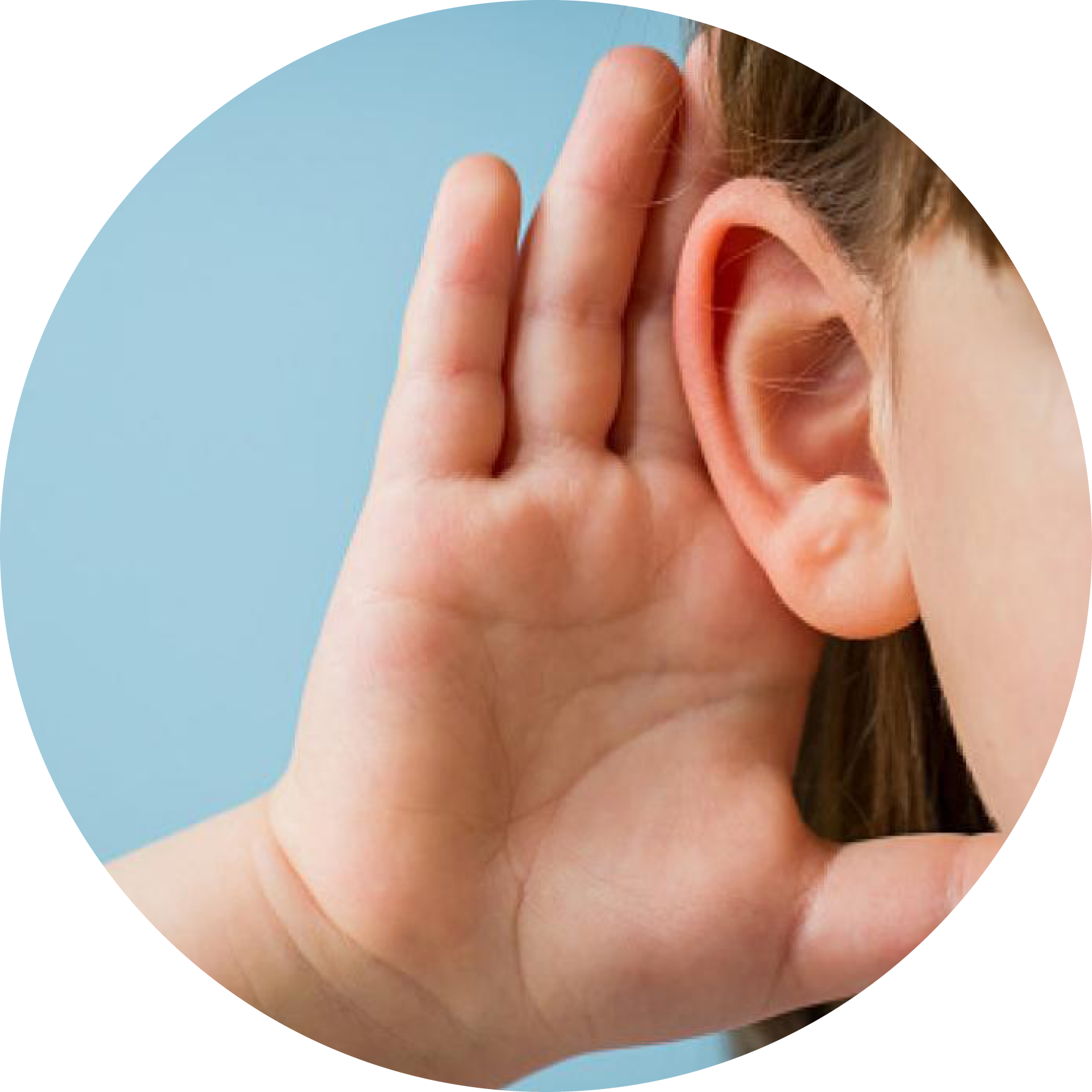What is double empathy and how does it relate to ASD? Click here for Part 1.
Double Empathy & Current Thinking About ASD
The double empathy problem stands at odds with several widely adopted ideas about people with autism, namely that their social difficulties are inherent. For example, one of the main diagnostic criteria for autism, as outlined in the Diagnostic and Statistical Manual of Mental Disorders, is “persistent deficits in social communication and social interaction across multiple contexts.” Similarly, the social motivation theory of autism holds that people with autism have a diminished drive for social interaction.
But the Double Empathy theory isn’t necessarily incompatible with the old ideas. Instead, the theory highlights the importance of examining both sides of social interactions instead of focusing solely on the ways people with autism diverge from the perceived norm.
Is ASD Research Changing in Light of the Double Empathy Problem?
Some modern ASD research is changing due to Double Empathy. For instance, scientists are rethinking how they examine social skills, calling for a revamp of autism studies to gauge the strengths, rather than the limits, of ASD communication. Researchers are also finding ways to probe the dynamics of social interactions instead of studying the isolated behavior of people lying in a brain scanner or sitting at a computer.
In addition, researchers who study predictive coding — the way people form internal models of the external world — are exploring how a mismatch in people’s predictions could hinder their interactions. For example, if a person with autism has expectations about how a conversation might unfold diverge from a neurotypical person’s, their interaction may falter.
Not everyone is convinced, or even aware, of the Double Empathy theory. Some questions at the core of the theory remain unanswered. For example, researchers are still figuring out why communication is smoother when people with autism interact with one another than it is when they engage with neurotypical people. And much of the existing evidence for the theory rests on anecdotal reports and small studies.
Are There Any Implications for ASD Treatment from Double Empathy?
In addition to suggesting new research angles, the double empathy problem may help explain why some autism assessments and treatments fall short. For example, standard measures of social abilities don’t seem to predict how people with autism fare in actual social interactions.
Therapies designed to teach people with autism normative social skills are not all that effective in helping them navigate real-life situations, such as forging friendships, studies suggest. Evaluating social situations surrounding people with autism and finding ways to facilitate their unique communication styles may be a more useful approach, he says.
Similarly, the double empathy problem underscores the importance of training programs — say, for doctors or law enforcement professionals — that help neurotypical people interact appropriately with people with autism. Being routinely misperceived can lead those with ASD to loneliness and feelings of isolation. And attempts to conform to social norms by suppressing who you are can be exhausting, many experts say.
ABA Therapy from IABA Consultants
If you have questions regarding autism treatment with ABA therapy, we are here for you! Our goal is to make sure no family is turned away due to financial constraints. Our therapy team would love to talk to you. Find the location closest to you and give us a call. We’re here for you.
Sources
Double Empathy Explained, spectrumnews.org

